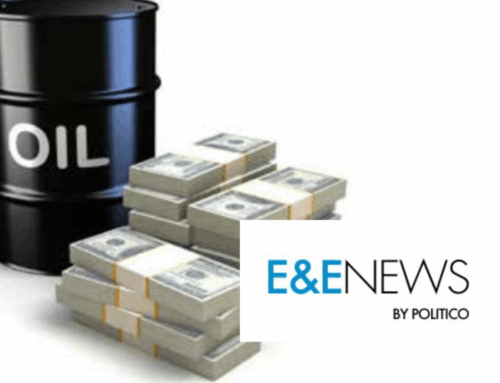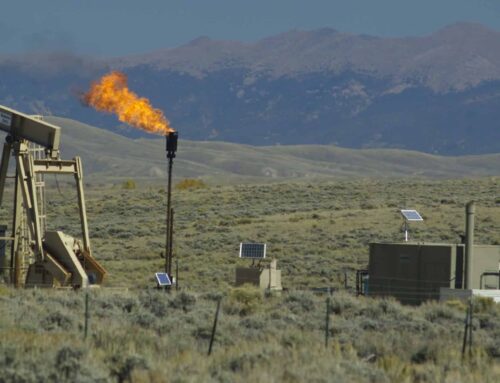The FY2025 budget reconciliation bill, known as the One Big Beautiful Bill Act (OBBBA), was signed into law on July 4th. The OBBBA put the final nail in the coffin for a broad suite of energy tax credits created by the Inflation Reduction Act (IRA), effectively killing or slashing electric vehicle, energy efficiency, wind, and solar tax credits by moving up expiration dates and phaseout schedules. The hydrogen production tax credit was originally on the chopping block in both the House and Senate versions but secured a last-minute reprieve through a favorable amendment.
Section 45V, the Clean Hydrogen Production Credit, offers a four-tiered tax credit of up to $3 per kilogram based on the greenhouse gas emissions intensity of the hydrogen produced. Created by the IRA, the credit allows qualifying facilities to claim the incentive for 10 years after being placed in service, as long as construction begins before the end of 2032. However, the OBBBA shortens that timeline, moving the construction start deadline up by five years. Under the revised law, only facilities that begin construction before the end of 2027 are eligible to receive the 45V credit.
Both the House-passed bill and the Senate Finance Committee draft would have sunset the credit at the end of 2025, saving taxpayers $9.2 billion over the next decade (FY2025-34). During negotiations, a two-year extension was added by the Senate Budget Committeeand eventually adopted by both chambers. According to the Joint Committee on Taxation (JCT), that extension will cost taxpayers an estimated $3.4 billion.
On top of gaining two extra years, 45V is exempted from the restrictive "foreign entity of concern" (FEOC) rules newly imposed on other energy tax credits that are not immediately terminated. Under the FEOC restrictions, credits cannot be claimed by Specified Foreign Entities (SFE) after bill's enactment, nor can they be transferred to them. The Section 45Y Clean Electricity Production Credit, Section 48E Clean Electricity Investment Credit, and Section 45X Advanced Manufacturing Production Credit are further subject to complex new restrictions on foreign material assistance. In contrast, 45V remains available to SFEs and can still be transferred to them while the credit is in effect.
Hydrogen remains heavily dependent on taxpayer subsidies. Cost and scalability are significant concerns: production, transport, and storage are still in early stages of development and often more expensive than other energy sources. Additionally, 95% of hydrogen in the U.S. is produced using natural gas—so the bulk of federal subsidies for hydrogen end up flowing to the oil and gas industry, which has already benefited from more than a century of tax breaks and favorable federal leasing terms.
Taxpayers also subsidize hydrogen through research, development, and demonstration programs under the Department of Energy (DOE). The Infrastructure Investment and Jobs Act (IIJA, P.L. 117-58) appropriated $8 billion for DOE to help industry build hydrogen hubs. Not only will the oil and gas companies behind these projects receive federal support of up to 50% of the project cost, but they might also be eligible for the 45V credit once they come online. This double dipping is particularly concerning given the recent investigation conducted by DOE's Inspector General which found that DOE failed to complete the required risk assessments for the hydrogen hub program.
By quietly giving 45V a 2-year extension and shielding it from the same restrictions applied to other credits, lawmakers handed hydrogen producers—many of them entrenched oil and gas interests—a carveout worth billions. This wasn't about advancing energy dominance. It was about preserving a subsidy pipeline. For taxpayers, it's a costly mistake that rewards the past under the guise of funding the future.










